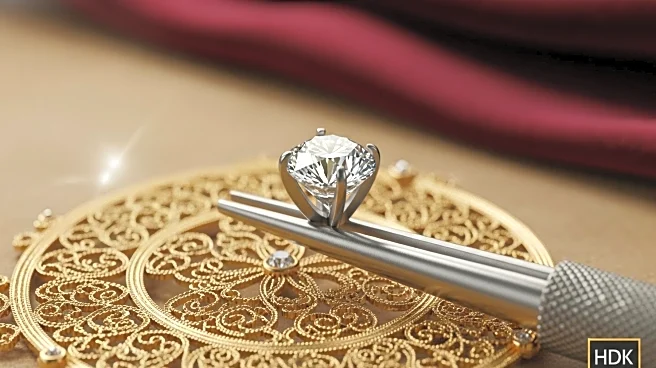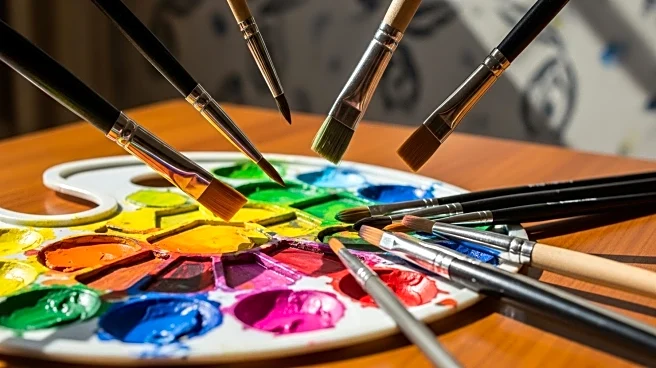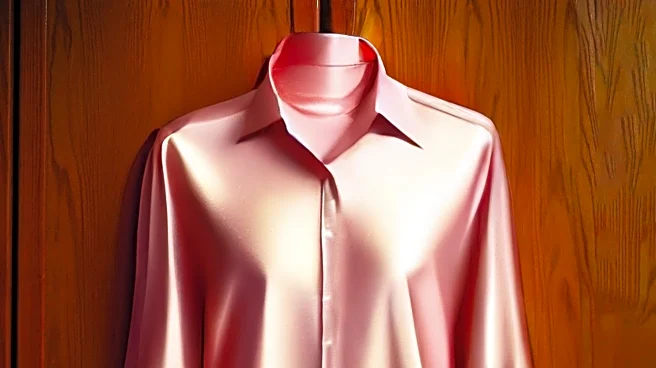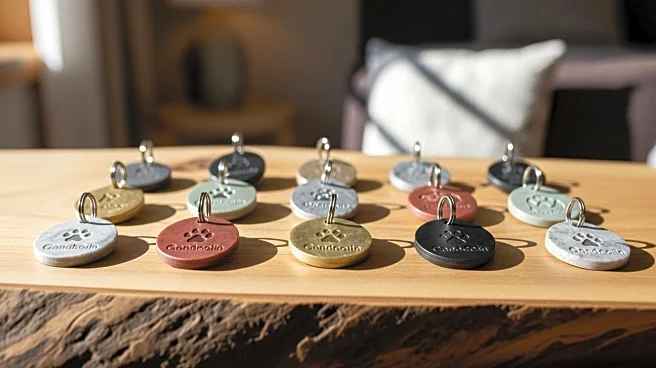Jewelry making is a craft that involves creating decorative items from precious metals, gemstones, and other materials. This art form has been practiced for centuries, with techniques evolving over time. Goldsmiths and
silversmiths are key figures in this field, utilizing skills such as casting, engraving, and soldering to produce intricate designs. Jewelry can range from traditional styles to contemporary art jewelry, which emphasizes modern design elements.
Core Facts
Jewelry making encompasses a wide range of techniques and materials. Goldsmiths and silversmiths are skilled artisans who work with metals like gold and silver, often incorporating gemstones
into their designs. Techniques such as casting, engraving, and soldering are fundamental to the craft. Jewelry can be both functional and decorative, serving as personal adornments or symbols of status and wealth.
Notable Details
The craft of jewelry making has a rich history, with techniques passed down through generations. Traditionally, skills were learned through apprenticeships, but today, many jewelry arts schools offer
specialized training in goldsmithing and related skills. The use of different materials and techniques allows for a wide variety of styles, from classic to avant-garde.
Comparisons and Contrasts
Jewelry making shares similarities with other metalworking crafts, such as clockmaking and watchmaking, but it is distinct in its focus on decorative and wearable items. While goldsmiths and silversmiths often work with similar materials, their techniques and end products can differ significantly. Goldsmiths typically focus on creating items from gold, while silversmiths specialize in silver.
Key Data Points
Jewelry
making is a global industry, with significant economic and cultural impact. The demand for jewelry varies by region, influenced by cultural preferences and economic conditions. The industry also faces challenges related to sourcing materials ethically and sustainably, as well as adapting to changing consumer tastes.
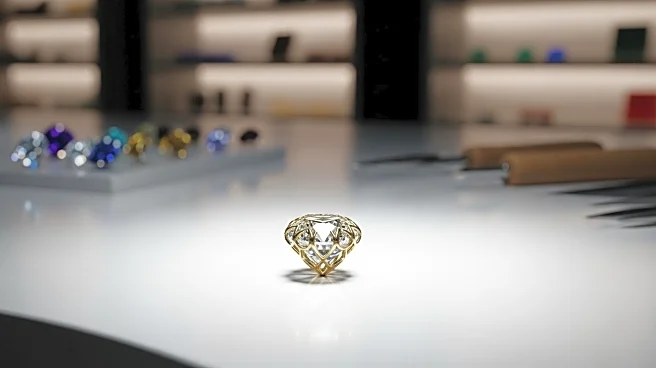
 Discover Daily
Discover Daily 